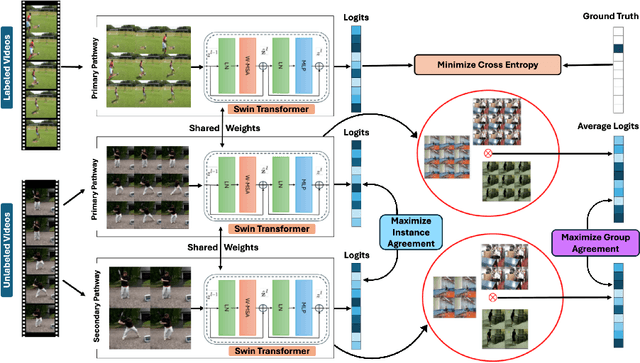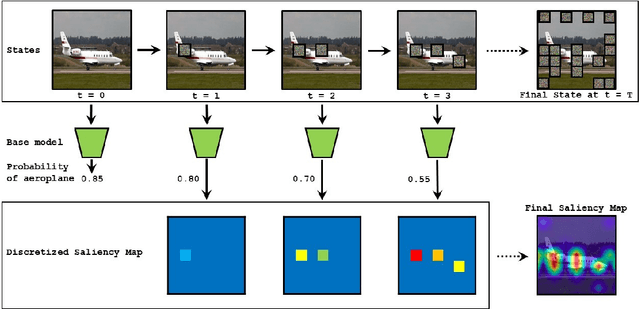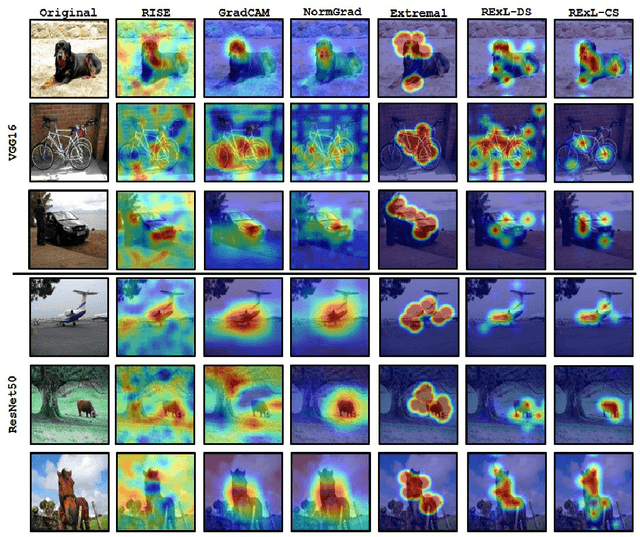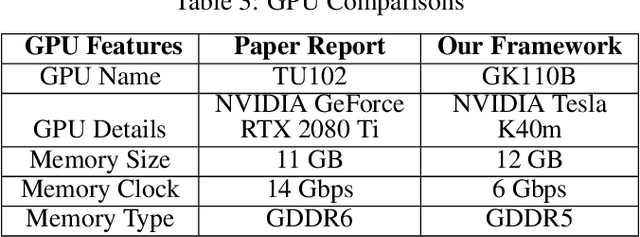Owais Iqbal
SITAR: Semi-supervised Image Transformer for Action Recognition
Sep 04, 2024



Abstract:Recognizing actions from a limited set of labeled videos remains a challenge as annotating visual data is not only tedious but also can be expensive due to classified nature. Moreover, handling spatio-temporal data using deep $3$D transformers for this can introduce significant computational complexity. In this paper, our objective is to address video action recognition in a semi-supervised setting by leveraging only a handful of labeled videos along with a collection of unlabeled videos in a compute efficient manner. Specifically, we rearrange multiple frames from the input videos in row-column form to construct super images. Subsequently, we capitalize on the vast pool of unlabeled samples and employ contrastive learning on the encoded super images. Our proposed approach employs two pathways to generate representations for temporally augmented super images originating from the same video. Specifically, we utilize a 2D image-transformer to generate representations and apply a contrastive loss function to minimize the similarity between representations from different videos while maximizing the representations of identical videos. Our method demonstrates superior performance compared to existing state-of-the-art approaches for semi-supervised action recognition across various benchmark datasets, all while significantly reducing computational costs.
Reinforcement Explanation Learning
Nov 26, 2021



Abstract:Deep Learning has become overly complicated and has enjoyed stellar success in solving several classical problems like image classification, object detection, etc. Several methods for explaining these decisions have been proposed. Black-box methods to generate saliency maps are particularly interesting due to the fact that they do not utilize the internals of the model to explain the decision. Most black-box methods perturb the input and observe the changes in the output. We formulate saliency map generation as a sequential search problem and leverage upon Reinforcement Learning (RL) to accumulate evidence from input images that most strongly support decisions made by a classifier. Such a strategy encourages to search intelligently for the perturbations that will lead to high-quality explanations. While successful black box explanation approaches need to rely on heavy computations and suffer from small sample approximation, the deterministic policy learned by our method makes it a lot more efficient during the inference. Experiments on three benchmark datasets demonstrate the superiority of the proposed approach in inference time over state-of-the-arts without hurting the performance. Project Page: https://cvir.github.io/projects/rexl.html
Reproducibility Report: Contextualizing Hate Speech Classifiers with Post-hoc Explanation
May 24, 2021



Abstract:The presented report evaluates Contextualizing Hate Speech Classifiers with Post-hoc Explanation paper within the scope of ML Reproducibility Challenge 2020. Our work focuses on both aspects constituting the paper: the method itself and the validity of the stated results. In the following sections, we have described the paper, related works, algorithmic frameworks, our experiments and evaluations.
 Add to Chrome
Add to Chrome Add to Firefox
Add to Firefox Add to Edge
Add to Edge